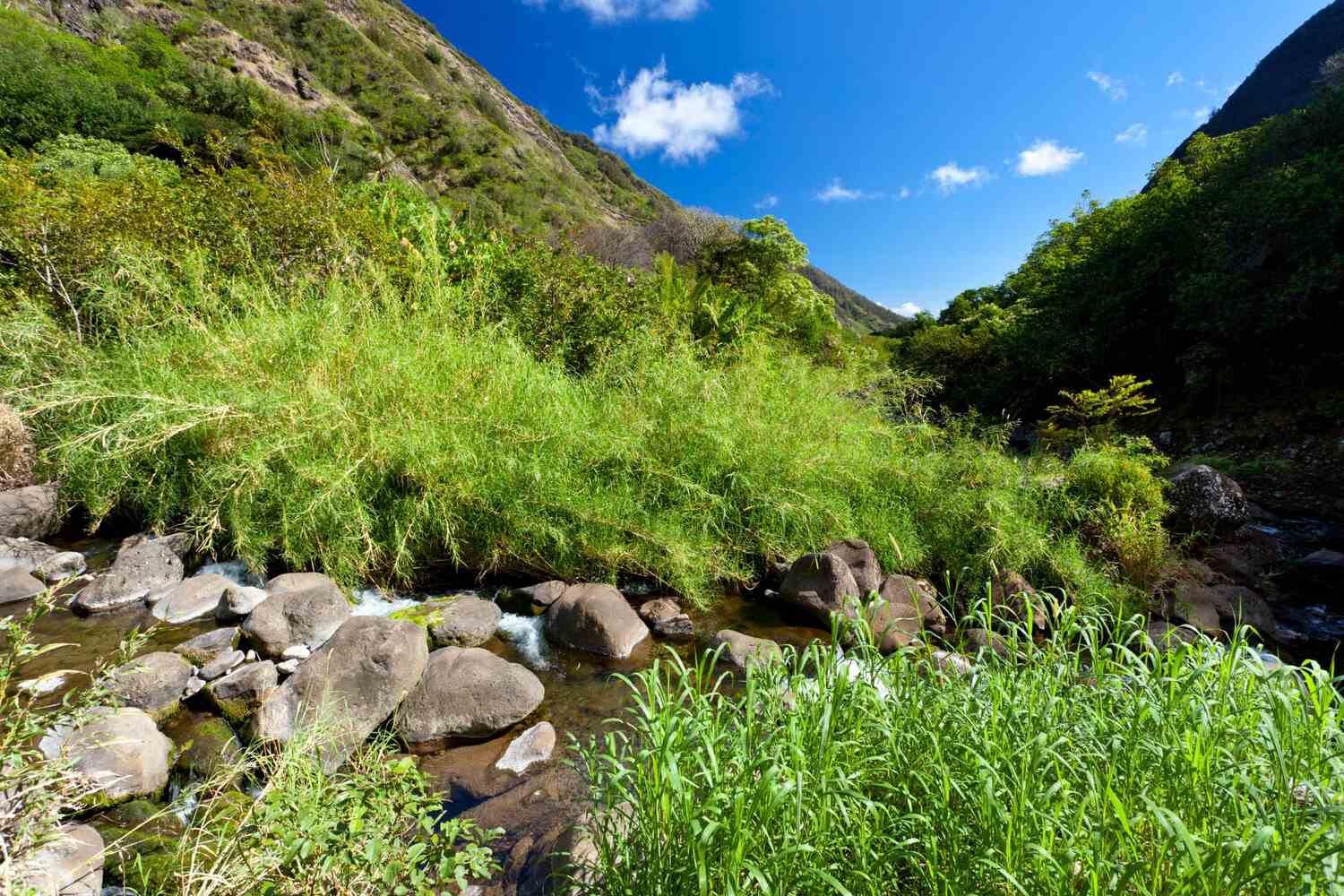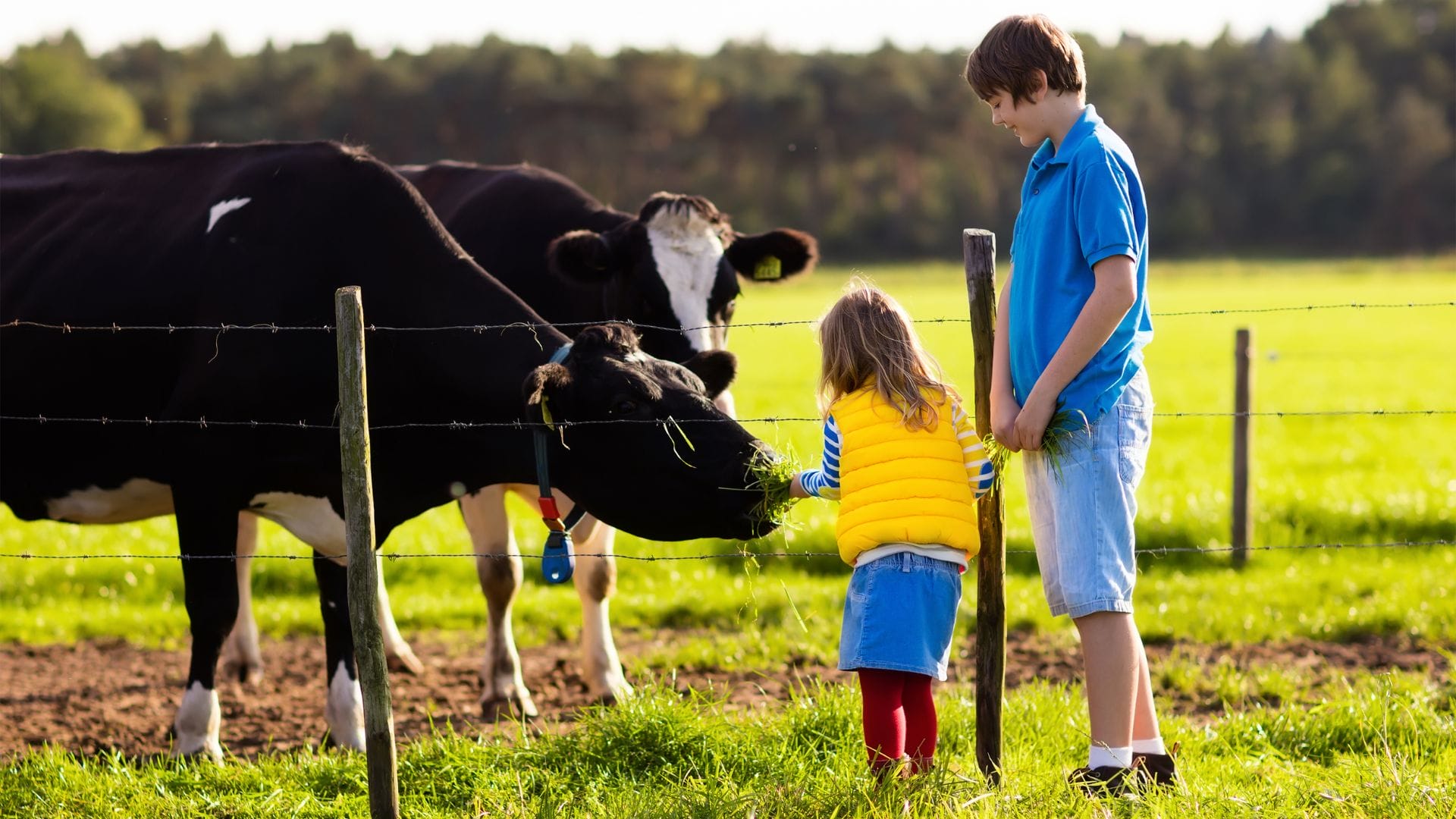The Hidden Gems in Maui Worth Going Beyond Tourist Spots


Aloha! | E Komo Mai
Maui, with its golden sands and sunset cocktails, might seem perfect enough from the deck of your resort. But getting out of the traditional tourist spots and discovering the hidden gems in Maui is very much worth it.
In this guide, we’ll discuss why it’s worth it to leave the popular tourist spots and venture into the real Hawaii, as well as some hidden gems you simply can’t miss.

Discovering Maui by Road
First things first, let’s talk about how to get around Maui (spoiler alert: renting a car is the way to go) and some stops you should take around the Valley Isle.
Exploring by Car
Renting a car in Maui isn’t just about convenience; it’s about freedom. With your own wheels, you’ll get to discover all the hidden gems on the island. You can explore the rugged coastline at your own pace, pull over for photos or picnics, and discover some places that tour buses can’t reach.
You can easily explore the island in a day, and yet, each area reveals its own brand of laid-back Hawaiian charm and sensational landscapes.

The Road to Hana
The Road to Hana is more than just a driving route – it’s a full-day adventure that’s as much about the journey as the destination.
Fasten your seatbelt and get ready to discover shimmering rainforests lapping at your wheels and an unbelievable course charted by over 600 twists and some 50 nerve-tingling single-lane bridges.
Highlights along the way include the Ke’anae Peninsula, where you can taste traditional Hawaiian banana bread, the mystical black sand beach at Wai’anapanapa State Park, and the cascading tiers of Ohe’o Gulch (Seven Sacred Pools), where waterfalls spill into peaceful, swimmable pools.
Note that this isn’t a road for beginners, so if you don’t feel confident, make sure to consider the tours of the Road to Hana,

Haleakalā Highway
Haleakalā Highway takes you straight to the top of Maui’s highest peak, right into Haleakalā National Park. As you drive up, the scenery shifts from lush greenery to the stark, moon-like landscape of the volcano.
Getting to the summit of the Haleakalā Highway is an incredible experience and while it can be crowded at times, it’s all worth it.
As you climb toward the summit of Maui’s highest peak, the landscape shifts from tropical to something akin to a Martian plain with some of the unique wildlife in Maui.
Up there, more than 10,000 feet up, you’re set for a mind-blowing sunrise. It’s super early and chilly, but watching the sun pop over the clouds lights up the sky in crazy colors, making it totally worth it.
This spot is a must-see; just remember to make a reservation for sunrise, as they limit the crowd to keep it peaceful. This is only one reason why we recommend booking the Haleakala sunset tour in Maui, as you’ll be with an expert guide, you won’t need to book your spot on the national park’s site, and you’ll see the best parts!

Secluded Spots and Local Culture
Other than hiking and driving to remote locations in Maui, you’ll also want to explore hidden beaches, and if you’re into snorkeling, this is a great idea. Read on to know more.
Hidden Beaches
While Maui’s more popular beaches offer amenities and easy access, the island’s hidden beaches promise serene beauty and solitude. Makena State Park and Cove, secluded behind residential streets, is nothing short of picture-perfect for sunsets.
Another secluded spot, Pa’iloa Beach at Wai’anapanapa State Park, features striking black sand and is less crowded than the more famous beaches, offering a more introspective beach day where the waves and wind carry whispers of old Hawaii.

Snorkeling at Molokini Crater
Molokini Crater, a few miles off Maui’s south coast, is a crescent-shaped volcanic atoll that offers some of the clearest waters for snorkeling in Hawaii.
Imagine snorkeling or scuba diving among a staggering 250 species of fish, many found only in Hawaii, making this marine preserve a true haven for nature lovers.
Needless to say, make sure to pack your action camera or GoPro to take underwater photos in Maui.
On a good day, the water clarity is incredible, offering photographers a tantalizing 150 feet of visibility. There are plenty of tours to Molokini, often including a second stop at Turtle Town, where you can swim with turtles.
It’s worth noting that while it’s not a popular attraction in Maui, the only way to get there is with a tour of Molokini Crater, which may be an inconvenience for some, but it’s for your own safety, and you’re guaranteed a great time no matter what!

Find Peace and Quiet at 'Iao Valley
The ‘Iao Valley State Park is a peaceful retreat into nature, known for the iconic ‘Iao Needle, a 1,200-foot-tall rock formation that sticks right in the middle of the valley.
This place is soaked in history – it was once a sacred spot for Hawaiian royalty and even a battlefield in the past. The valley has easy trails that lead you through beautiful gardens and alongside a peaceful stream.
And while the ‘Iao Valley isn’t a hidden gem in Maui, the hiking trails all around the state park are. It’s a great spot to chill out, take some epic photos, and soak in some natural beauty and local history.
Another way to see the valley is to explore Maui by helicopter – We recommend booking as soon as possible because they always sell out, and you definitely don’t want to miss out on the views from above!

Engage with the Arts and Agriculture
No trip to the real Maui would be complete without learning about local art and agriculture, which played a massive role back in the day when Hawaii wasn’t part of the United States.
Artistic Towns
Maui’s artistic communities are vibrant and diverse, and you’re guaranteed to enjoy them without the crowds of tourists.
Pa’ia may look like a small, old sugarcane town, but now it’s buzzing with artists and adventurers. You’ll see everything from cool painted surfboards to bright art shops here.
At the Hui No’eau Visual Arts Center, you can get creative yourself. They offer all kinds of workshops and classes that show off Hawaii’s special traditions, all taught by local artists.
Over in Makawao, a town known for its Hawaiian cowboy history, you can stroll around art galleries in old, charming buildings and see artists blowing glass and carving wood.

Farm Visits
Agriculture plays a vital role in Maui’s culture and economy. Visiting a local farm, such as the Maui Tropical Plantation, offers insights into the island’s farming techniques and a chance to taste fresh Hawaiian produce directly from the source.
While you definitely want to have some local food in Maui, you just can’t beat the real, fresh products at the plantation.
Why settle for just observing when you can experience the working plantation up close? Join a tour to see how crops are grown and harvested, then push your limits on the zipline if you dare.
Last but not least, go beyond the ordinary at the Surfing Goat Dairy, where guests can assist with milking the goats, learning about the intricacies of the process while savoring the rich flavors of their top-shelf cheeses, handcrafted with dedication and care.

Sustainable Travel
Finally, the last part of this hidden gems in Maui guide is about sustainable travel, and it means much more to local Hawaiians than it does to anyone else.
Supporting Local Businesses
Engaging with local businesses is a direct way to contribute to Maui’s sustainable tourism efforts. Locally sourced ingredients on your plate and goods from local artisans in your bag mean you’re playing a part in boosting the island’s economy and doing the planet a favor.
Who says you can’t have your beer and save the planet too? Maui Brewing Company shows it’s possible to join these two passions, championing an innovative model that harnesses solar power and celebrates local flavors – a taste of what’s possible when business and sustainability are combined.
Plus, it’s one of the best family restaurants in Maui!

Community and Environment
Participating in a beach cleanup or similar environmental initiative is a powerful way to connect with the community and give back to the island.
What starts as a simple beach cleanup blossoms into something more: a chance for individuals to invest in Maui’s future, earning a sense of pride and responsibility that resonates deeply in our community.

Conclusion:
Skip the crowded beaches and busy tourist spots, and dive into the wild side of Maui. Here, stunning views, fascinating history, and lively art scenes are waiting for you. Wander off the beaten path, discover hidden gems, and really get to know the island beyond the tourist attractions in Lahaina.
These adventures will stick with you long after your photos have faded. So, grab the keys to a rental, tie up your hiking boots, and get ready to see a side of Maui most tourists miss.
Frequently Asked Questions
What is the best time to explore Maui?
The best times to explore Maui’s hidden gems are during the shoulder seasons, April to May, and September to November. These months offer pleasant weather, fewer tourists, and often lower prices, making it easier to enjoy the island’s attractions without the crowds.
Are there any permits or fees required for the hidden gems?
Some areas, especially state parks like ‘Iao Valley and Haleakalā National Park, may require entrance fees or advance reservations, particularly if you’re planning to witness sunrise or sunset.
It’s always a good idea to check the latest requirements on official state websites or local tourism boards before planning your visit.
What safety tips for the remote areas in Maui?
When traveling to less developed areas in Maui, it’s important to prepare for varying weather conditions and potentially rugged terrain. Always inform someone of your plans, carry sufficient water and sunscreen, and wear appropriate footwear.
Check weather forecasts and ocean conditions, particularly when planning hikes in Maui or water activities.
Share:
